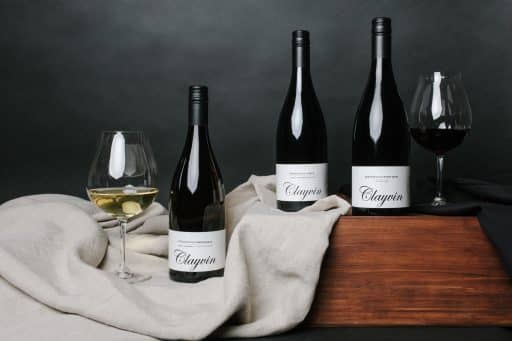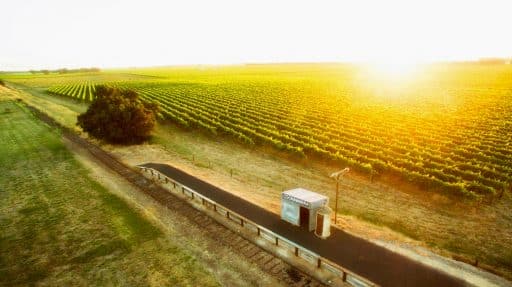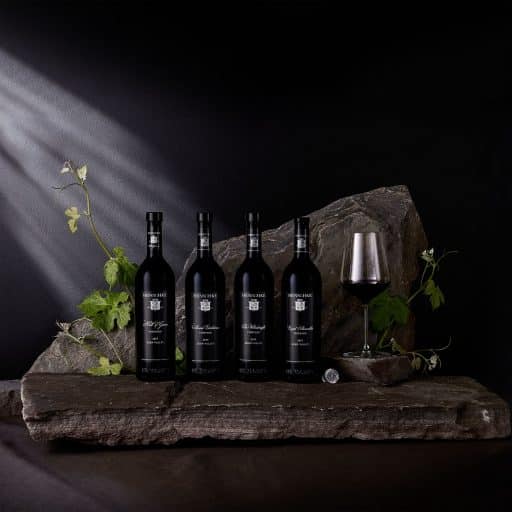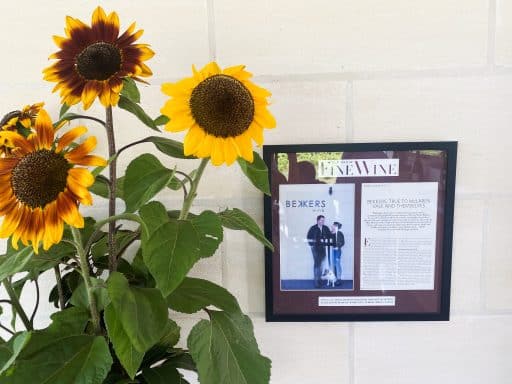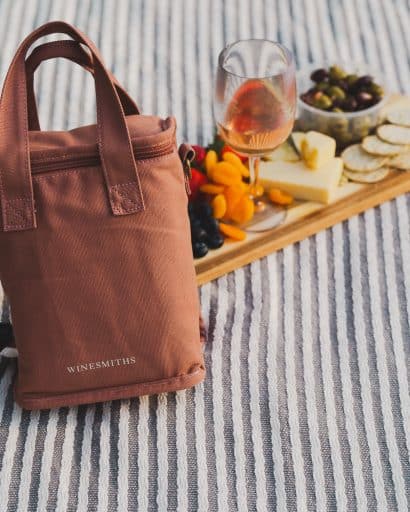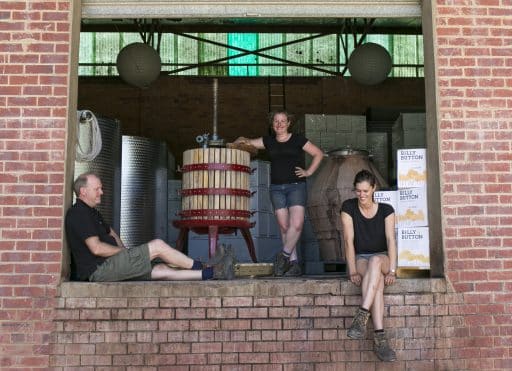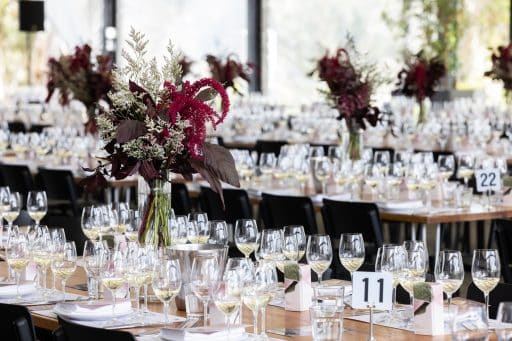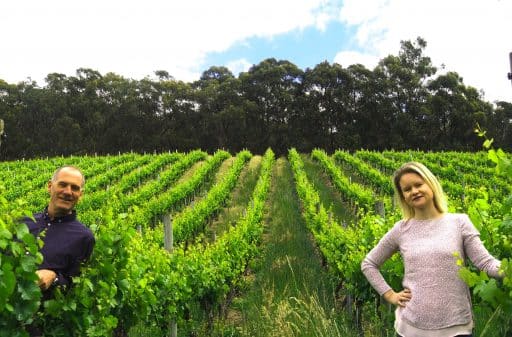Are you tired of battling the crowds to stock up on wine every time a lockdown is announced? Or do you want to be able to pat your past-self on the back when you pull out a special bottle at a dinner party? Starting a cellar is a great way to ensure you always have great wine to hand when you need it, even for surprise drop-ins. With a few simple tips and a bit of planning, your new hobby will reward you with far more than a trip to the bottle-o ever can.
The first step is to select a cool location to store your wine. Too many special drops have met a nasty end baking in the afternoon sun, under the spare bed. If you have an underground cellar conveniently built at your house, or the space and budget for a wine fridge, then that is ideal. But I’m guessing most of us are in the same position – inner suburbs apartment. All is not lost.
Find the coolest spot in your house – it’s usually the place where you hide the chocolate from your partner/kids/self. It might be a linen cupboard (wine vs linen, we both know who’s gonna win), or maybe you have a Harry Potter-esque cupboard under the stairs. If you have more than one floor, the ground floor (preferably on a concrete slab) is usually the best bet – remember, heat rises. Then hunt down some of those big polystyrene boxes that fancy food deliveries arrive in. If you are in Melbourne or another lockdown-heavy city, I guarantee that a call out on your local good karma network will yield a lifetime supply. No assembly required, you are ready to buy some wine. Alternatively, if space is at a premium, or you’ve got big cellar plans but only a shoebox for storage, then you can always choose to store wine with professionals like Wine–Ark where there are no limits!

The Golden Rules of Ageing Wine
The first thing to consider when buying wine to age is to make sure it has the ability to improve. Wine that tastes delicious right now is sometimes not the best to ‘lay down’. Just like a building, for a wine to stand the test of time it needs to have ‘good bones’. For wine, these ‘bones’ are concentrated, complex flavours, and ‘structure’ – meaning good levels of acidity and tannin to keep the wine fresh, while the beautiful aged flavours develop.
If you ever have the chance to taste a super-premium, expensive red wine when it is first released, you might be surprised. Intense, complex flavours are paired with cheek puckering acidity and big chunky tannins. This is why it ages so gracefully. Over time minute chemical reactions occur in the bottle, making the tannins smoother, and changing the flavours from fresh berries and spicy oak, into seductive dried fruits, chocolate, liquorice and malt.
In contrast, a wine that is fruity, smooth and easy to drink upon release is usually designed to be consumed within a year or two. With age, these lovely fresh fruit flavours are lost, and unpleasant ones develop. A great (or not so great) example is that zesty, fruity sauvignon blanc which can gradually start to taste more like canned asparagus.
Which wines deserve a spot in that beautiful fridge or elegant polystyrene box?
It is always worth spending a little bit more on wine you want to age. Premium wines are made from premium fruit and receive more focus from the winemaker. The good news is that you don’t need to extend too far to get some gems.
For white wine, riesling is one of the best value options, with even sub-$30 wines evolving gracefully into honey and toast aromas after ten years. Try the Leeuwin Estate Art Series Riesling. Oaked chardonnay suits the impatient, a couple of years of age allowing some nutty, spicy characters to develop. For $40 you can’t beat the Vasse Felix Chardonnay. If you want to try something a little different, chenin blanc offers all the aging capacity of riesling but with a richer, fuller flavour. The Domaine de la Poultiere ‘Les Pierre Blanches Vouvray will reward up to ten years in a good cellar.
Most red wines have the ability to age for at least 5 years. For something transformative though, the secret is to look at classic wines from classic regions. Pinot noir from cooler climates such as Tasmania, Yarra Valley, Burgundy in France or Oregon in the USA will have more longevity than from warmer regions. A couple of each of the Dalrymple Single Site Pinot Noirs is a great investment. Good quality shiraz and cabernet sauvignon are safe options from both warm and cooler climates, but beware of very high alcohol levels (above 15%) as these can start tasting a bit like Nan’s booze-laden fruit cake with time. A great place to start is with Two Hands Gnarly Dudes Barossa Valley Shiraz and Oates Ends Margaret River Cabernet Sauvignon. Or maybe a cheeky bottle or two of Penfolds Grange?
Watching a wine evolve and change over time is such a rewarding endeavour. When you match slow cooked lamb shoulder and fennel with a rich, silky, fifteen-year old cabernet sauvignon, you’ll be glad you threw out all those towels.


